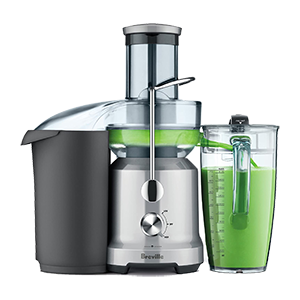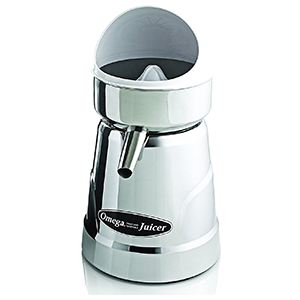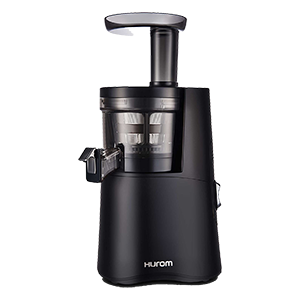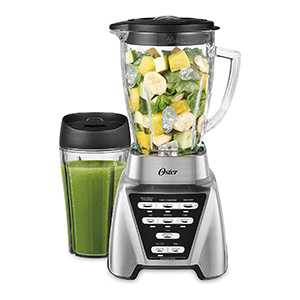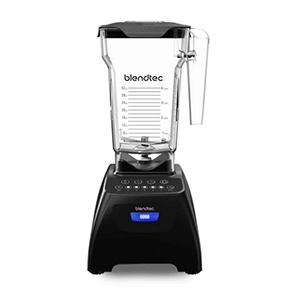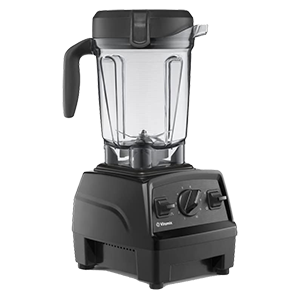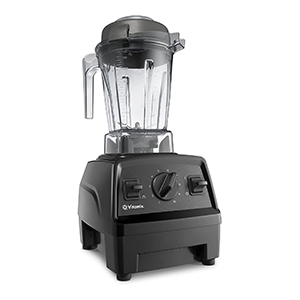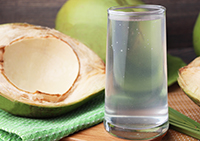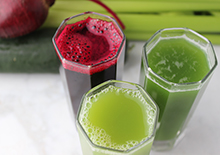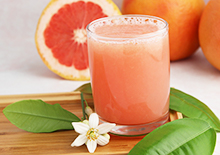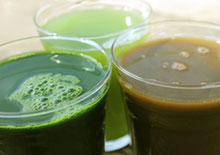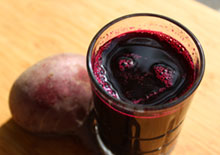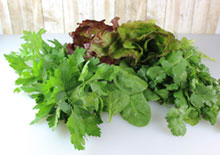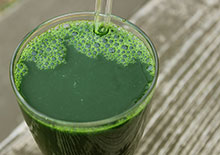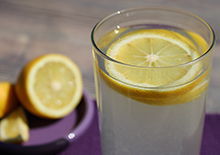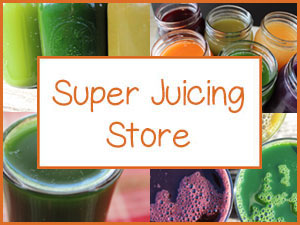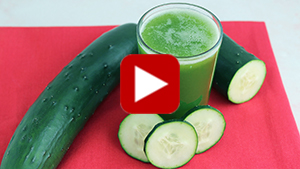- Home
- Super Juicing
- Cucumber Juice
Cucumber Juice, Top 4 Benefits and Reasons to Juice Cucumbers
Intro | #1 Benefit | #2 Benefit | #3 Benefit | #4 Benefit | Nutritional Data | Selecting Cucumbers | How to Juice | How to Use | Precautions | Shop
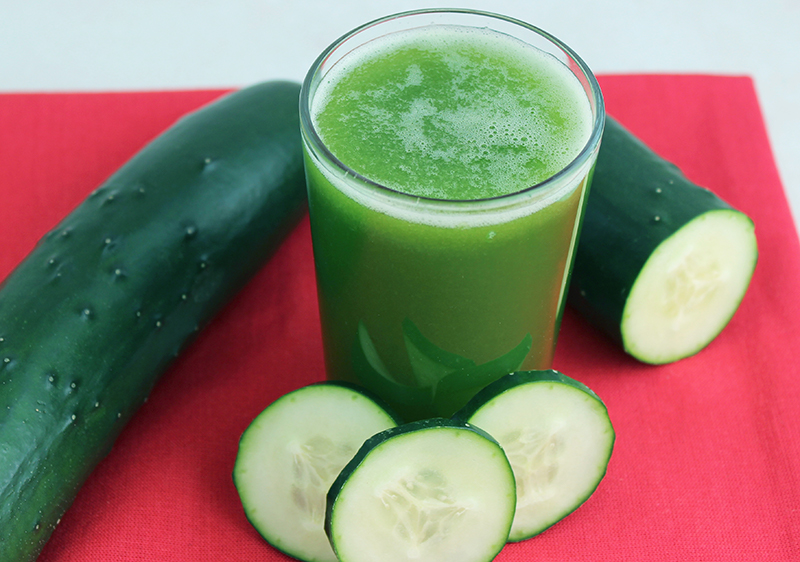
Cucumber juice is made from juicing common slicing cucumbers from the Cucumis sativus species of which there are many different cultivars. Related to the Cucurbitaceae family of melons and squashes, cucumbers have been widely utilized for their refreshing taste as well as healing qualities.
While cucumbers as a whole food can be beneficial to include as part of a health-promoting diet, their nutraceutical attributes can be especially enhanced when juiced.
Table of Contents
Intro | #1 Benefit | #2 Benefit | #3 Benefit | #4 Benefit | Nutritional Data | Selecting Cucumbers | How to Juice | How to Use | Precautions | Shop
They are frequently blended with other vegetables and leafy greens when making green juices, but they also provide therapeutic drinks all on their own.
The concept of juicing one particular vegetable variety at a time is sometimes referred to as "mono juicing" which concentrates the nutritive components of a vegetable, or actually "fruit" in this case. Other popular mono-juice types also include carrot juice, cilantro juice, beet juice, wheatgrass and of course the trend-setting celery juice variation.
The cucumber juice we are referring to is made from fresh raw cucumbers, with peel included, and is unpasteurized with no other added ingredients. When making your own juice, we also recommend choosing organic selections over conventionally grown cucumbers as residual chemicals can accumulate when juiced.
Here are our top 4 reasons to add the cucumber to your arsenal of medicinal mono-juices.
#1 Cucumber Juice Benefits, Cooling Anti-Inflammatory Properties
Cucumbers are known for their energetically cooling qualities, hence the popular phrase "cool as a cucumber." Likewise, the Sanskrit name for cucumber "sushitalam" also means "very cooling."
Sliced cucumbers are valued for their cooling effects when placed on the eyes or when used topically for skin irritations or sunburns, but these attributes can also have a beneficial outcome in the body when consumed as a concentrated juicing liquid.
Cucumber juice, with the fiber removed, is one of the best anti-inflammatory juices of all the juice types, even next to celery juice. One of the reasons for this is due to the CUCURBITACINS, particularly Cucurbitacin C, which is found in the fruit but especially in the thick dark green peel of the "slicing cucumber" variety. It is therefore especially important for the highest nutritional uptake to include the peel when preparing homemade juices.
Straight juiced cucumber can help to cool inflamed conditions of the gastrointestinal tract and can offer anti-inflammatory support to the joints.
Cucurbitacins, mainly produced by plants in the Cucurbitaceae family, are scientifically classified as triterpenes, known for their bitter taste and can offer "immense pharmacological potential", according to some research.
Along with a subtly sweet taste, the bitter element is one of the main components in cucumbers and cucumber juice that makes it particularly cooling to the body when excess heat or inflammation is present.
More evidence, based on a water/ethanol extract of cucumber fruit, was demonstrated to reduce the inflammatory response in endothelial cells, the cells that form the barrier between tissue and blood vessels, regulating the flow of fluid and substances into and out of the tissues.
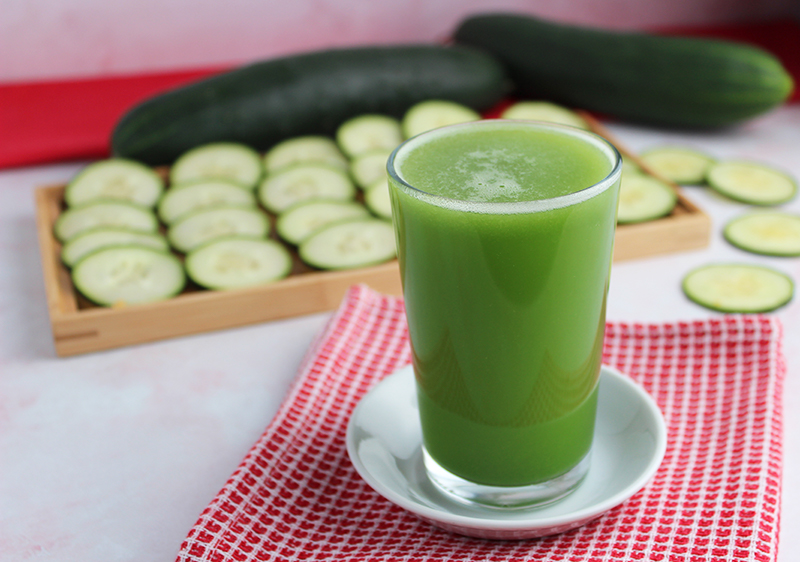
#2 Cucumber Juice Benefits, Analgesic Influence
Also related to its anti-inflammatory and antioxidant support, cucumber and its freshly pressed mono-juice can also provide an ANALGESIC influence offering pain relief in certain instances.
In some research on cucumber extracts, it was suggested that flavonoids and tannins may be responsible for these analgesic qualities.
Likewise, cucumber contains the anti-inflammatory flavonoid (also found in celery juice) known as APIGENIN, one of the major flavonoids in chamomile flowers. Apigenin is considered a potential nutraceutical for inflammatory conditions involving the central nervous system. (Source) And, our nervous system largely controls how we process and feel pain in the body.
Straight cucumber juice can be a healing and soothing liquid to drink periodically when there is discomfort especially in the joints. In a scientific trial on cucumber extract and its effects on osteoarthritis of the knee, 10 mg twice a day administered to participants was identified to offer substantial pain relief.
When using the juice, it is best to consume it first thing in the morning or on an
empty stomach for greatest health-enhancing potential. An 8-16 ounce serving size, or the juice from 1-2 large cucumbers is usually considered a therapeutic dose amount.
#3 Cucumber Juice Benefits, Cleansing Detox Attributes
Cucumbers, and especially their freshly pressed juice, offer cleansing actions that support the detoxification processes. There are several logical reasons why this is the case.
Firstly, cucumbers like other melons are high in water content and very hydrating to the body as well as possess diuretic properties. This, together with their living enzymes, help to promote gentle laxative effects and assist the flushing out of accumulated wastes and toxins. (*)
Cucumber juice is additionally a very alkalizing natural therapy that promotes a balanced body pH and can counteract acidic-related health issues, like acidosis or acid reflux. It is likewise an inexpensive home remedy option to experiment with for reducing uric acid excess and issues such as gout.
Consuming cucumber juice is well-known for its nourishing effects to the skin due to the hydrating qualities as well as detoxifying attributes.
While cucumbers are a popular base ingredient used in many juicing recipes because of their high amounts of water, low-sugar content, and neutral flavor, straight concentrated cucumber juice can also be a great cleansing detox drink to consume periodically for several days in a row.
#4 Cucumber Juice Benefits as a Source of Silica
Cucumbers are a fruit that are especially high in SILICA (also called silicon). This was demonstrated in scientific research on the Cucumis sativus species.
What do we know about silica? Well, although the dietary role of silica is still under investigation, it is believed to be important for connective tissue strength, bone formation (*) and can have a positive impact on collagen synthesis.
Collagen is the most abundant protein in the body and is identified as a "youth-preserving" element for maintaining and promoting the health of the skin, gums, hair, and nails. (Source)
Consuming cucumber juice can be a good way to supplement the diet with silica and its health-enhancing potentials.
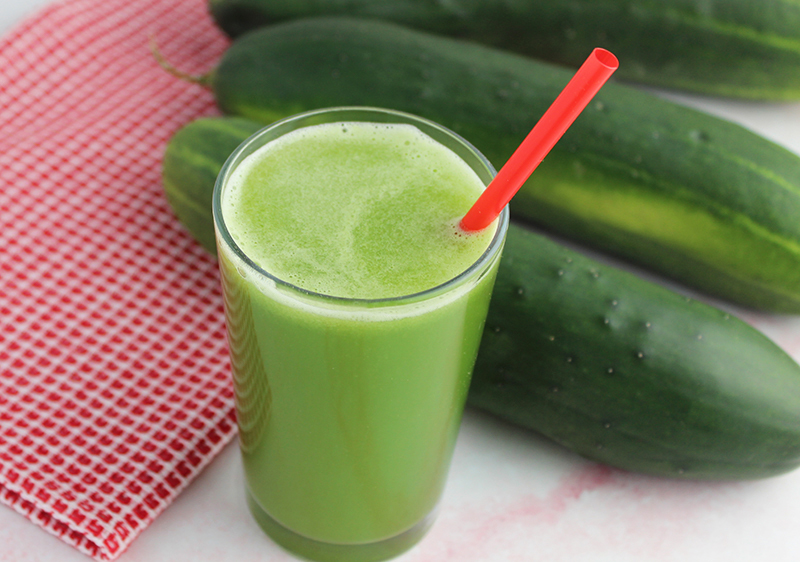
Cucumbers and Other Nutritional Data
While cucumber doesn't necessarily have a high amount of essential nutrients, compared to other types of vegetables or fruits, they do have good proportions of potassium, manganese, magnesium, vitamin K and vitamin C, according to nutrition data.
One Raw Unpeeled Cucumber
Vitamin K - 49.4mcg, 62% DV
Vitamin C - 8.4mg, 14% DV
Potassium - 442mg, 13% DV
Manganese - 0.2mg, 12% DV
Magnesium - 39.1mg, 10% DV
(Percent Daily Values based on an adult 2,000 diet)
While eating an entire cucumber is not a common occurrence, juicing one or two is standard when preparing cucumber juice. Logically speaking, this could increase nutritional composition quite a bit as well as provide an easily digested liquid for optimal nutrient uptake.
Selecting Your Cucumbers
Without a doubt, some of the best vegetables are freshly picked ripe from your own garden. The second best can be purchasing your cucumbers from farmer markets or subscribing to a local CSA box delivery service. When these options are not possible, a grocery or health food store might be your only alternative.
In our opinion, it is best to purchase organic cucumbers to avoid concentrating chemical residues in your juicing liquid. If you only have conventionally grown cucumbers available be sure to wash them well before juicing.
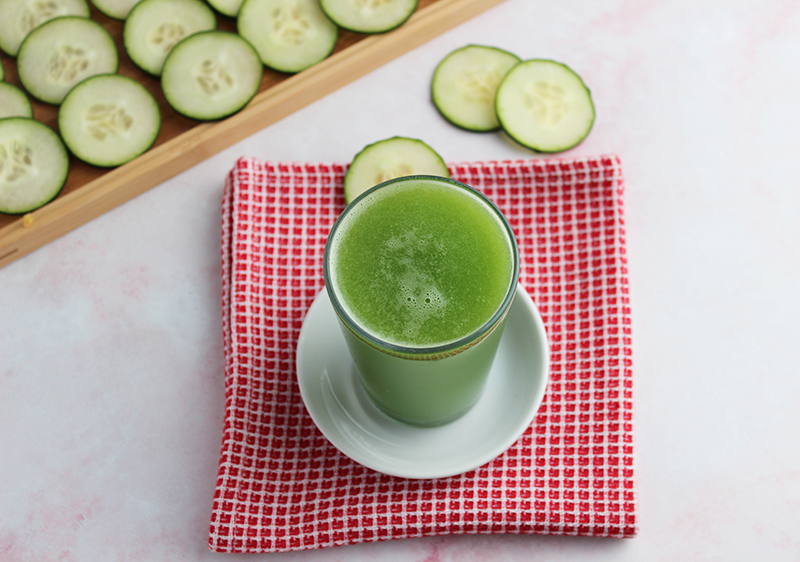
How to Juice Cucumbers
There are two ways to juice cucumbers. One is of course placing your cleanly washed unpeeled whole (or chopped) cucumbers through a juicing appliance. Most types of juicers will work for juicing cucumbers.
The second option is to blend chopped cucumber in a high-speed blender and strain the juice. Nylon mesh bags or nut milk bags work best for this. (See our how to juice with a blender page for more details on this technique.)
Usually, two large cucumbers make about 16-ounces of cucumber juice.
We recommend drinking your juice immediately for the highest quality nutrition. As a secondary alternative, you can also freeze or refrigerate cucumber juice. It will invariably lose some nutritional content with these processes but can be more convenient to have on hand on a busy schedule.
How to Use
Cucumbers are great additions to most juicing recipes because of their low-sugar and high-water content that blends well with other fruits and vegetables
However, we recommended giving the straight mono-juice a try for its concentrated nutritive properties that may be especially helpful for the benefits mentioned. Sometimes cucumber is combined with lemon and ginger for detoxification purposes.
(Visit our green juice blast recipe that uses greens cucumber and celery with lemon, ginger and hot peppers.)
Two 8 ounce glasses of cucumber juice daily is generally the recommended therapeutic dose, but this amount may vary depending on one's body weight, dietary intake, or health objectives.
Precautions:
Consuming large amounts of cucumber juice may increase bowel movements or cause loose stools. Avoid cucumber juice if you have allergic reactions to cucumbers or sensitivities to cucurbitacins. Consult your healthcare professional before consuming cucumber juice if pregnant, nursing, taking medications, or if you have a serious medical condition.
Shop Related Products (About Affiliates & Amazon Associate Paid Links)
Affiliate Disclaimer: This section contains affiliate product links. If you make a purchase through our recommended links, we receive a small commission at no additional cost to you. Thanks for the support.

